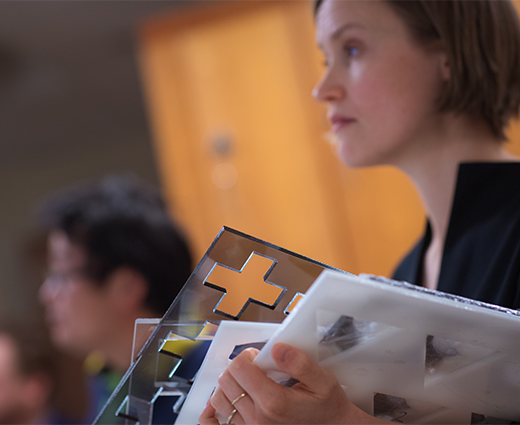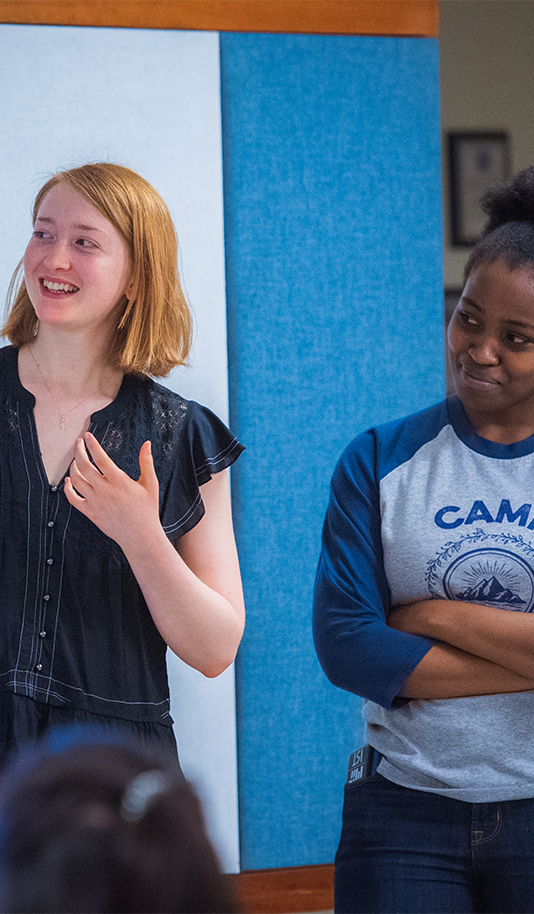CLOSE


Developing science-enabled engineering innovations from the nano to the macroscale, we design new and improved sustainable material systems that enhance our society’s resilience to climate change, and preserve our ecological infrastructure and biodiversity.
Materials and structures are the backbone of our societies’ health, economic growth, resilience and social progress and equity, providing shelter and mobility in a rapidly changing world. But with the challenges of climate change and diminishing natural resources, they are becoming stressed and strained.
More traffic is building up across cities, while roads, bridges, water systems, power plants are reaching the limits of providing a healthy, safe and equitable environment for our society at large.
Our research is tackling these challenges of preserving our natural resources and developing sustainable materials for resilient infrastructure. Through experimental and computational approaches that span the molecular to the macro scales, our researchers work on changing the paradigm of the built environment to become part of the solution of our natural habitat for the 21st century. We re-engineer the function of traditional structures such as roads and bridges to store and harvest energy, while self-adapting to the perils of climate change. Our work is centered around reducing the carbon footprint of materials and structures by pioneering bold solutions for traditional and new materials, including cement-based, polymer-based and bio-inspired with enhanced durability, resilience and reduced environmental impacts.
Key areas include:

Pioneering new approaches to enhance resilience and sustainability of materials and structures that will shift the paradigm of traditional infrastructure to face the perils of global warming. ”